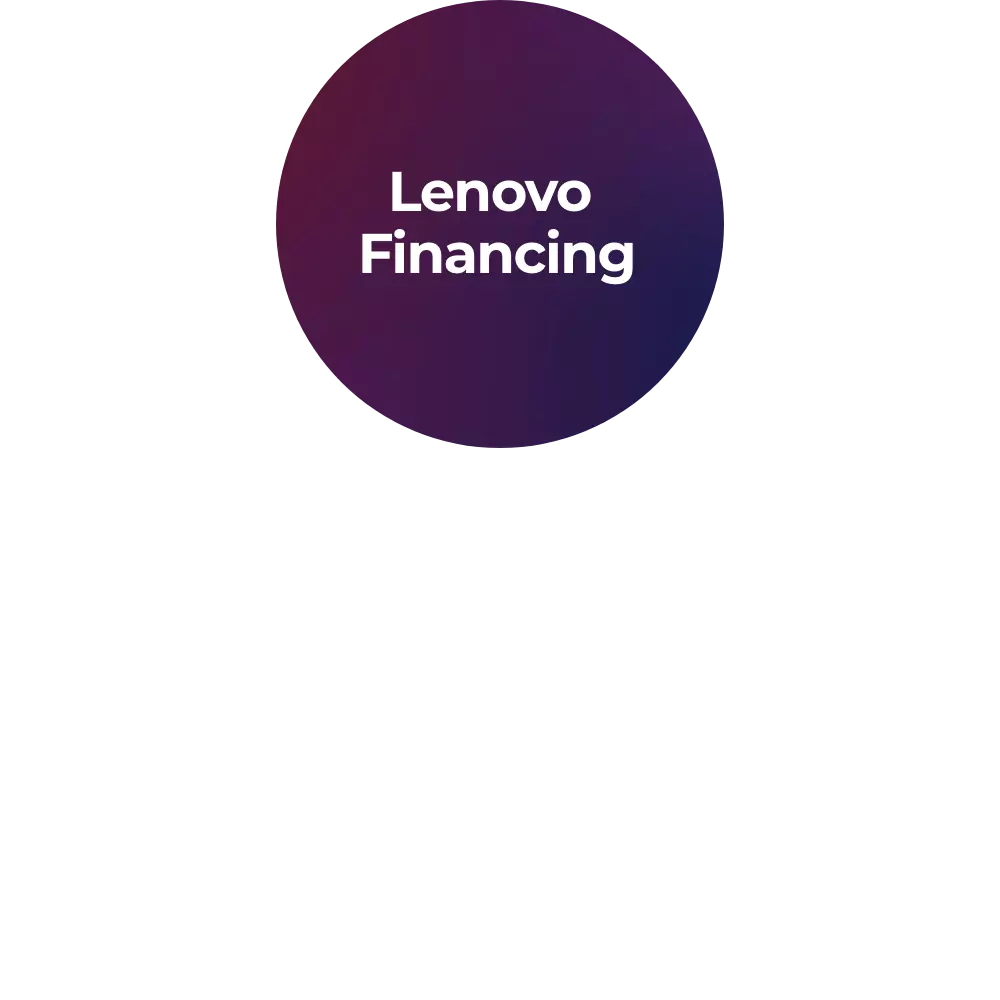How does recursion work in programming and what are its advantages?
Recursion is a technique in programming where a function calls itself to solve a problem. It involves breaking down a complex problem into smaller subproblems. Each time the function calls itself, it works on a smaller subset of the original problem until a base case is reached, allowing the recursion to terminate. The advantages of recursion include conciseness and elegance in code, as well as the ability to solve problems that have a recursive structure naturally.
Why is it important to define a base case in recursive functions?
Defining a base case in recursive functions is crucial because it determines when the recursion should stop. Without a base case, the function would continue calling itself indefinitely, leading to stack overflow errors and an infinite loop. The base case provides a condition that, when satisfied, allows the recursion to terminate and the function to start unwinding.
How can recursion be used to traverse data structures like trees or linked lists?
Recursion is often used to traverse data structures like trees or linked lists. In these cases, a recursive function can visit each node or element by calling itself on the child nodes or the next element in the list. By repeatedly applying the same recursive function, the entire structure can be traversed effectively.
How can tail recursion optimize recursive functions?
Tail recursion is a technique where the recursive call is the last operation in a function. It allows the compiler or interpreter to optimize the recursive function by reusing the same stack frame for each recursive call, eliminating the need for additional stack space. This optimization is called tail call optimization. It can improve the efficiency of recursive functions and prevent stack overflow errors.
Why is it necessary to manage the call stack in recursive functions?
The call stack is a data structure used by programs to manage function calls. In recursive functions, each recursive call pushes a new frame onto the call stack, which stores information about the function's variables and execution context. It's essential to manage the call stack properly to avoid stack overflow errors, which occur when the stack size exceeds its available memory. This can happen if the recursion depth is too large or if there is no base case to terminate the recursion.
How can recursive algorithms be used for sorting and searching?
Recursive algorithms can be employed for sorting and searching tasks. For example, the quicksort algorithm uses recursion to divide an array into smaller subarrays and sort them independently. Similarly, the binary search algorithm applies recursion to efficiently search for a target value in a sorted array by dividing the array in half at each step. Recursive approaches can provide elegant and efficient solutions for these types of problems.
Where can recursion be found in real-world applications of technology?
Recursion is prevalent in various real-world applications of technology. One example is web crawling or web scraping, where recursive functions are used to traverse and extract data from interconnected web pages. Another example is image processing algorithms that analyze images by recursively applying operations to different regions. Additionally, recursive algorithms are used in data compression, artificial intelligence, and many other fields.
Why is it important to understand recursion when learning data structures and algorithms?
Understanding recursion is crucial when learning data structures and algorithms because many fundamental concepts and algorithms rely on recursive techniques. Trees, graphs, and other data structures often exhibit recursive properties, and algorithms like depth-first search, backtracking, and divide-and-conquer rely on recursion to solve complex problems efficiently. Without a solid understanding of recursion, it becomes challenging to comprehend and implement these concepts effectively.
How can recursion be used in the context of artificial intelligence and machine learning?
Recursion plays a role in various aspects of artificial intelligence and machine learning. For example, in natural language processing, recursive neural networks (RNNs) can process sentences by recursively applying operations to words and their grammatical structures. Recursive algorithms are also used in decision tree construction, where nodes recursively split the data based on different attributes to make decisions. Understanding recursion is valuable for designing and implementing intelligent systems.
When should tail recursion optimization be applied in recursive functions?
Tail recursion optimization should be applied in recursive functions when the recursive call is the last operation performed in the function. By ensuring the recursive call is in tail position, compilers and interpreters can optimize the function to reuse the same stack frame, reducing the memory requirements. This optimization is particularly useful for recursive functions with many iterations, preventing stack overflow errors and improving performance.
How does the concept of recursion relate to fractals and computer graphics?
Recursion is closely tied to fractals and computer graphics. Fractals are complex geometric patterns that exhibit self-similarity at different scales. Recursive algorithms are used to generate fractals by repeatedly applying a mathematical function or transformation to smaller subsets of the pattern. Computer graphics systems employ recursive techniques, such as ray tracing or recursive subdivision, to render detailed and realistic images by recursively evaluating light interactions or subdividing surfaces.
Why is recursion considered a powerful tool for solving complex problems?
Recursion is considered a powerful tool for solving complex problems because it allows breaking down large and intricate problems into smaller, more manageable subproblems. By solving these subproblems recursively and combining their solutions, the original problem can be solved. Recursive solutions often exhibit elegance and conciseness, as they leverage the problem's inherent recursive structure. This makes recursion a valuable technique for tackling problems that have a recursive or divide-and-conquer nature.
How can recursion be used to implement backtracking algorithms?
Recursion is commonly used in backtracking algorithms, which systematically explore all possible solutions to a problem by incrementally building a solution and undoing choices that lead to dead ends. In these algorithms, a recursive function explores each possible choice and calls itself to explore the subsequent choices. If a choice leads to an invalid solution, the function backtracks and tries a different choice. Recursion enables an intuitive and concise implementation of backtracking, allowing the exploration of large solution spaces efficiently.
Where can recursion be encountered in network protocols and routing algorithms?
Recursion can be encountered in network protocols and routing algorithms, particularly in protocols that employ hierarchical or distributed structures. For example, the border gateway protocol (BGP) uses a recursive routing mechanism called route reflection, where routers propagate routing information recursively through the network hierarchy. Similarly, in the domain name system (DNS), recursive queries are used to resolve domain names by iteratively contacting authoritative DNS servers until a final answer is obtained.
How does recursion contribute to the development of efficient divide-and-conquer algorithms?
Recursion is an essential component in developing efficient divide-and-conquer algorithms. Divide-and-conquer involves breaking a problem into smaller subproblems, solving them independently, and combining their solutions to obtain the final result. Recursion enables the natural decomposition of the problem into subproblems and their subsequent solving. By applying recursion to divide-and-conquer algorithms, complex problems can be efficiently solved with a lower time complexity, making them suitable for large-scale computational tasks.
Why is it important to carefully handle input validation and termination conditions in recursive functions?
Handling input validation and termination conditions carefully in recursive functions is vital to ensure the correctness and termination of the recursion. Proper input validation guarantees that the function operates on valid input, preventing unexpected behavior or errors. Additionally, defining accurate termination conditions, often in the form of base cases, ensures that the recursion eventually stops. Without these precautions, recursive functions may exhibit incorrect behavior, infinite loops, or stack overflow errors.
When is the use of recursion not recommended in programming and algorithm design?
Recursion may not be recommended in programming and algorithm design when it leads to inefficient solutions or imposes a significant memory overhead. Recursive functions can consume more memory compared to iterative counterparts due to the recursive calls and stack frames. Additionally, if a problem does not possess a recursive structure or can be solved more efficiently using iterative techniques, recursion may not be the optimal choice. It's important to carefully consider the problem's requirements and characteristics before deciding whether to use recursion or alternative approaches.
How can understanding recursion enhance problem-solving skills in technology?
Understanding recursion enhances problem-solving skills in technology by providing a powerful and versatile technique for breaking down complex problems. It enables the development of elegant and concise solutions, particularly in areas where recursive structures are prevalent, such as data structures, algorithms, and network-related tasks. Proficiency in recursion improves one's ability to analyze problems, identify recursive patterns, and design efficient solutions. It also expands the toolkit for approaching challenges in programming, computing, internet-related tasks, and other domains in technology.














